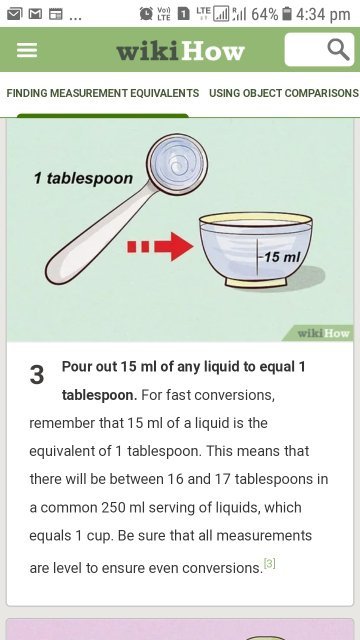How Many Teaspoons in a Pound? Exploring Conversions and Measurements
In the culinary world, precise measurements are crucial to achieving the desired flavors and textures in dishes. One common query that arises is, "How many teaspoons are in a pound?" This seemingly simple question unveils the complexities of culinary measurements and conversions. In this article, we'll delve into the answer to this question, exploring the conversions between teaspoons and pounds while shedding light on the importance of accurate measurements in cooking.
1. Teaspoons and Pounds:

Teaspoons and Pounds
Understanding the Conversion: Teaspoons and pounds belong to different measurement scales – volume and weight, respectively. A teaspoon measures volume, while a pound measures weight. This disparity makes the conversion between the two a bit intricate. To comprehend this conversion better, let's break it down:
Teaspoon: A teaspoon is a common unit of volume in cooking, used for measuring small amounts of ingredients like spices, flavorings, and liquids. It is approximately equal to 1/6 of a fluid ounce or 1/48 of a cup.
Pound: A pound, on the other hand, measures weight. It is commonly used to measure larger quantities of ingredients like flour, sugar, or butter. One pound is equivalent to 16 ounces.
2. Converting Teaspoons to Pounds:

Converting Teaspoons to Pounds
To convert teaspoons to pounds, we need to consider the density of the ingredient being measured. Different substances have varying densities, meaning their weight per unit volume differs. Therefore, a teaspoon of one ingredient might not weigh the same as a teaspoon of another ingredient. Here's a general guideline for some common kitchen ingredients:
| Ingredient | Teaspoons (approx.) | Pounds (approx.) |
| Granulated Sugar | 48 | 0.25 |
| All-Purpose Flour | 48 | 0.25 |
| Butter | 48 | 0.5 |
| Water | 96 | 0.5 |
Please note that these values are approximate and can vary based on factors like compaction and moisture content.
3. Importance of Accurate Measurements:
Accurate measurements play a pivotal role in cooking. Even a slight imbalance in ingredients can alter the taste and texture of dishes. Using too much or too little of an ingredient can lead to disappointing results. Consider a baking scenario: an incorrect measurement of flour due to a flawed conversion can result in dense or dry baked goods.
4. Tips for Precise Measurements:
Use the Right Tools: Invest in reliable measuring cups and spoons. A digital kitchen scale can also be handy for accurate weight measurements.
Follow Recipes: Stick to recipes that provide measurements in the units you're comfortable with. If a recipe uses pounds, ensure you have a proper conversion tool.
Convert Consistently: If you need to convert between teaspoons and pounds regularly, create a conversion chart for your commonly used ingredients.
Practice: With time and practice, you'll develop an instinct for measurements. Don't hesitate to adjust quantities based on your taste preferences.
The question, "How many teaspoons in a pound?" leads us on a journey through the intricacies of culinary measurements. Teaspoons and pounds, belonging to different measurement scales, require careful consideration when converting. Accurate measurements are the cornerstone of successful cooking, ensuring that flavors and textures are just right. By understanding conversions, using the right tools, and practicing, you can master the art of precise measurements in the kitchen, ultimately creating delightful dishes every time.